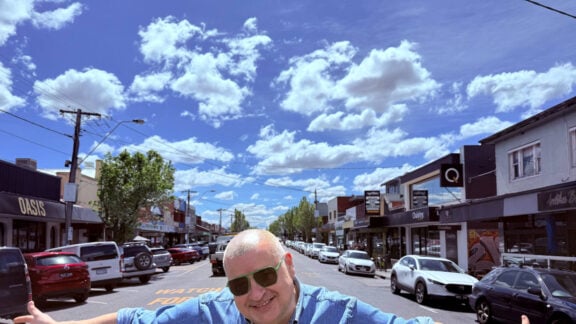Oakleigh has made headlines, after photos taken at Melbourne’s Eastern suburb showing ‘crowded’ streets under lockdown standards sparked criticism on social media.
Australian media outlets published the stills captured on Saturday 15 August as representative of the local population’s failure to comply with coronavirus stage 4 restrictions.
Indeed, the images depict people sitting in close distance – some with masks taken down – while Eaton Mall’s pedestrian traffic is shown heavier than the COVID-19 lockdown ‘normal’ would suggest.
https://twitter.com/SouthwickTyler/status/1294536178582949890
To the locals’ defence, the sunny Melbourne Saturday saw more people heading outdoors than the new ‘usual’ across the Victorian capital.
Meanwhile, the significance of the day for the Greek Orthodox community – marking the celebration of Dekapentavgousto, the Dormition of the Theotokos – might also have contributed to a bustling shopping strip in a suburb heavily populated by Greeks.
ALSO READ: Lockdown in Oakleigh – a Melburnian Greek girl returns to her roots
But Oakleigh Greeks speaking to Neos Kosmos reject the accusations as unfair, pointing to pictures like these below, captured on Sunday, as reflective of the actual situation.

Photos: Costas Deves

Some respondents admitted there have been “exceptions” of people flouting the rules, stressing that this happens elsewhere too, while others contended that the backlash by the press was “over the top” in a bid to “sell news”.
During Saturday’s presser, Premier Daniel Andrews spoke of the paradox many Victorians find themselves, taking the opportunity to warn against complacency.
“For any interstate viewers tuning in today, the irony of us complaining that the weather is too good,” Mr Andrews said, admitting he was hoping for rain.
https://twitter.com/slamup/status/1294412348774481922
“I think people understand that as frustrating as this is on a beautiful morning, we have people this morning planning funerals of their loved ones.”
ALSO READ: Victoria records 279 cases, as data reveal steep decline in peoples’ movement







